Oscar for Phonetic Alphabet: Learn the NATO Code
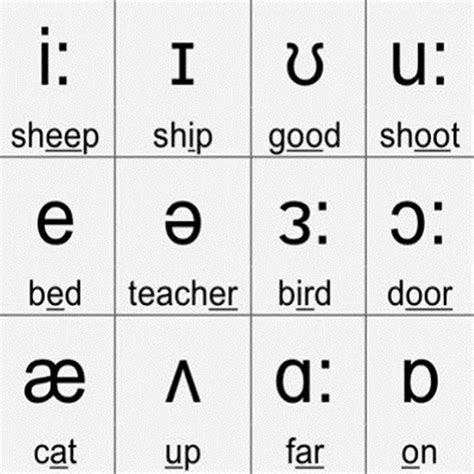
Introduction to the Phonetic Alphabet
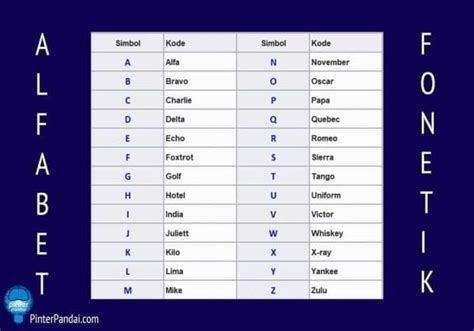
Effective communication is crucial in various fields, including aviation, navigation, and international business. However, standard letter pronunciation can be unclear when communicating over radio, phone, or in noisy environments. To address this issue, the International Civil Aviation Organization (ICAO) and the North Atlantic Treaty Organization (NATO) developed the phonetic alphabet, also known as the NATO code. This standardized system assigns specific code words to each letter of the alphabet, ensuring clear and precise communication.
Benefits of the Phonetic Alphabet
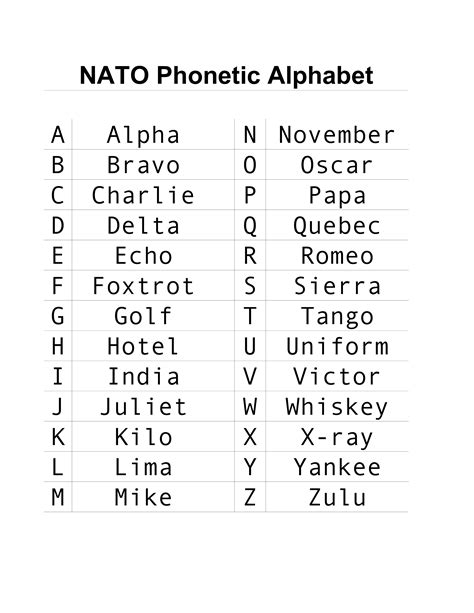
The phonetic alphabet offers several benefits, including:
- Improved communication: By using standardized code words, individuals can clearly convey letters and numbers, reducing errors and miscommunication.
- Enhanced safety: In critical situations, such as emergency response or search and rescue operations, clear communication can be a matter of life and death.
- Increased efficiency: The phonetic alphabet enables faster and more accurate data exchange, which is essential in time-sensitive environments.
Phonetic Alphabet Code
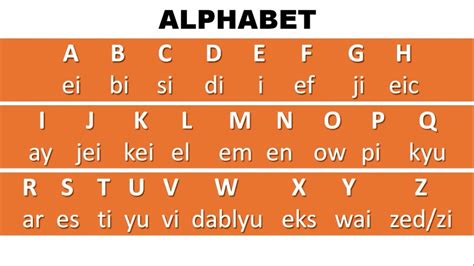
The phonetic alphabet consists of 26 code words, each representing a letter of the alphabet. The code words are carefully chosen to be distinct and easy to pronounce, even in noisy or stressful situations.
| Letter | Phonetic Alphabet Code Word |
|---|---|
| A | Alpha |
| B | Bravo |
| C | Charlie |
| D | Delta |
| E | Echo |
| F | Foxtrot |
| G | Golf |
| H | Hotel |
| I | India |
| J | Juliet |
| K | Kilo |
| L | Lima |
| M | Mike |
| N | November |
| O | Oscar |
| P | Papa |
| Q | Quebec |
| R | Romeo |
| S | Sierra |
| T | Tango |
| U | Uniform |
| V | Victor |
| W | Whiskey |
| X | X-ray |
| Y | Yankee |
| Z | Zulu |
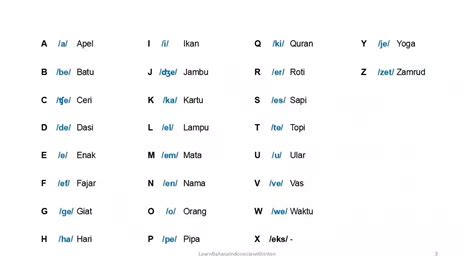
Using the Phonetic Alphabet
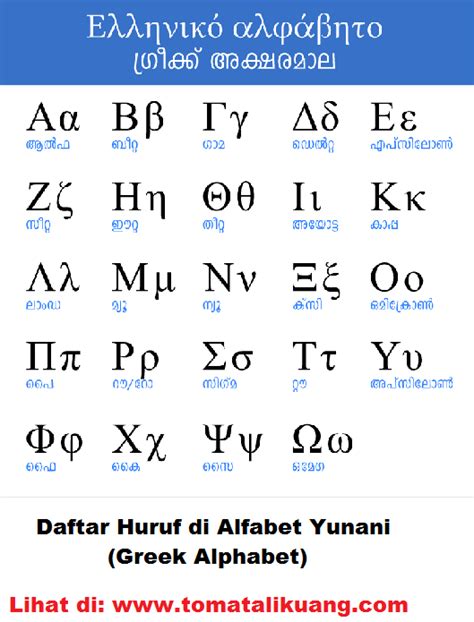
To effectively use the phonetic alphabet, follow these steps:
- Familiarize yourself with the code words: Study the phonetic alphabet table and practice reciting the code words.
- Use the phonetic alphabet in communication: When communicating over radio, phone, or in noisy environments, use the phonetic alphabet to clearly convey letters and numbers.
- Speak clearly and slowly: Enunciate each code word clearly and speak at a moderate pace to ensure the message is conveyed accurately.
📝 Note: When using the phonetic alphabet, it's essential to pronounce each code word correctly to avoid confusion.
Common Applications of the Phonetic Alphabet

The phonetic alphabet is widely used in various fields, including:
- Aviation: Pilots and air traffic controllers use the phonetic alphabet to clearly communicate flight plans, weather conditions, and other critical information.
- Maritime: The phonetic alphabet is used in navigation and communication between ships and coastal stations.
- International business: Companies use the phonetic alphabet to communicate clearly with clients and partners across different languages and cultures.
- Emergency services: Emergency responders, such as police, firefighters, and ambulance services, use the phonetic alphabet to convey critical information in high-stress situations.
Conclusion

The phonetic alphabet is a vital tool for clear and effective communication in various fields. By understanding and using the phonetic alphabet, individuals can improve communication, enhance safety, and increase efficiency. Whether you’re a pilot, a business professional, or an emergency responder, the phonetic alphabet is an essential skill to master.
What is the phonetic alphabet used for?
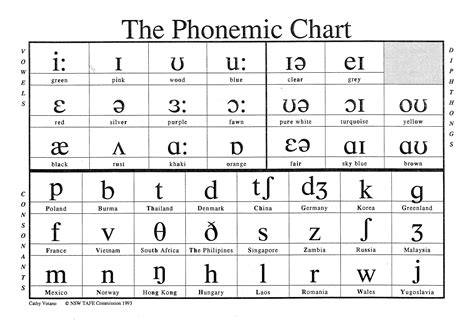
+
The phonetic alphabet is used to clearly communicate letters and numbers in situations where standard letter pronunciation may be unclear, such as over radio, phone, or in noisy environments.
How do I use the phonetic alphabet?
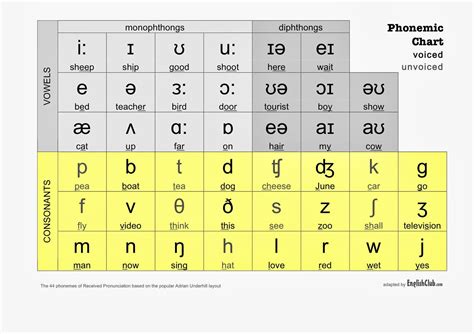
+
To use the phonetic alphabet, familiarize yourself with the code words, speak clearly and slowly, and use the phonetic alphabet in communication.
What are some common applications of the phonetic alphabet?
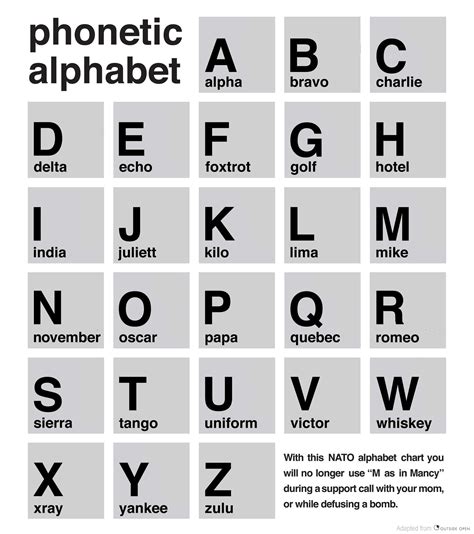
+
The phonetic alphabet is commonly used in aviation, maritime, international business, and emergency services.
Related Terms:
- Alfabet Fonetik Internasional
- Alfabet fonetik NATO
- Alfabet Inggris
- Alfabet Yunani
- Kanan ke kiri
- Hangeul